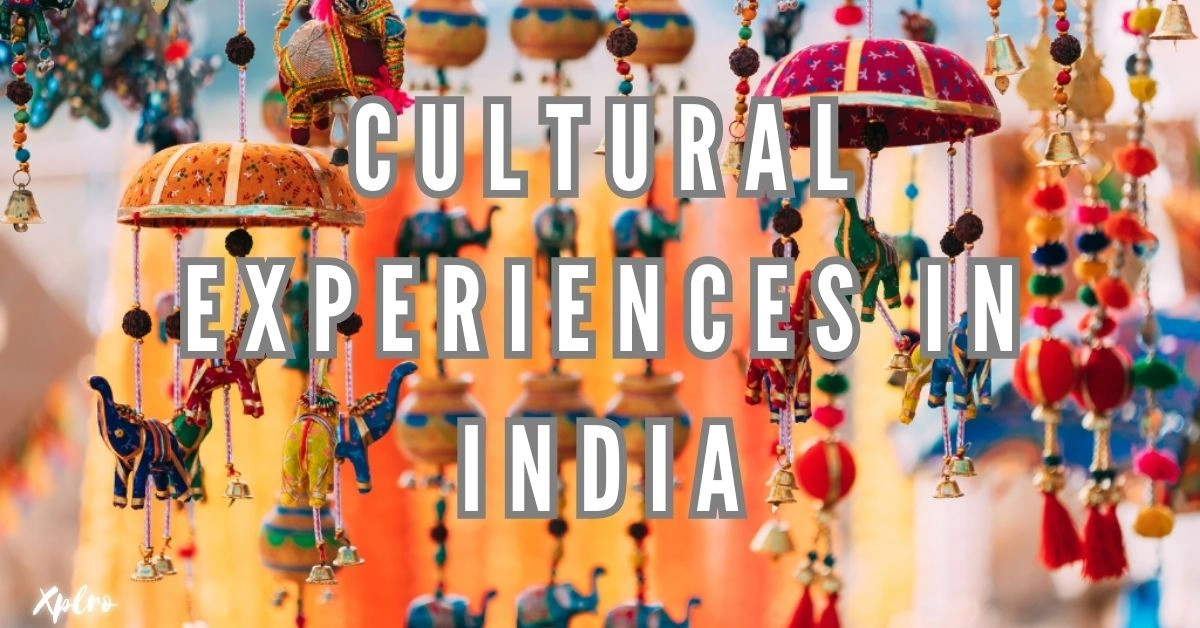Cultural Experiences in India; India, a kaleidoscope of cultures, offers a myriad of experiences for every traveler. From the serene backwaters of Kerala to the bustling streets of Mumbai, India invites you to delve into its rich history, vibrant festivals, and diverse cuisines. Witness ancient rituals in Varanasi, marvel at the Taj Mahal’s ethereal beauty, explore majestic forts in Rajasthan, and immerse yourself in the spirituality of Rishikesh. Engage with warm locals, savor delectable dishes, and experience the warmth of Indian hospitality. Whether you’re drawn to the tranquility of its temples or the energy of its cities, India promises a journey that will leave you enchanted.
- 1. Participate in a Traditional Indian Festival
- 2. Explore India’s Iconic Architecture
- 3. Experience Indian Classical Music and Dance
- 4. Discover Indian Spirituality and Yoga
- 5. Indulge in Indian Cuisine and Culinary Traditions
- 6. Shop at Indian Bazaars and Markets
- 7. Take a Heritage Walk Through Old Cities
- 8. Stay in a Heritage Haveli or Palace
- 9. Attend a Village Fair or Local Market
- 10. Explore Indian Handicrafts and Art Forms
- FAQs
1. Participate in a Traditional Indian Festival
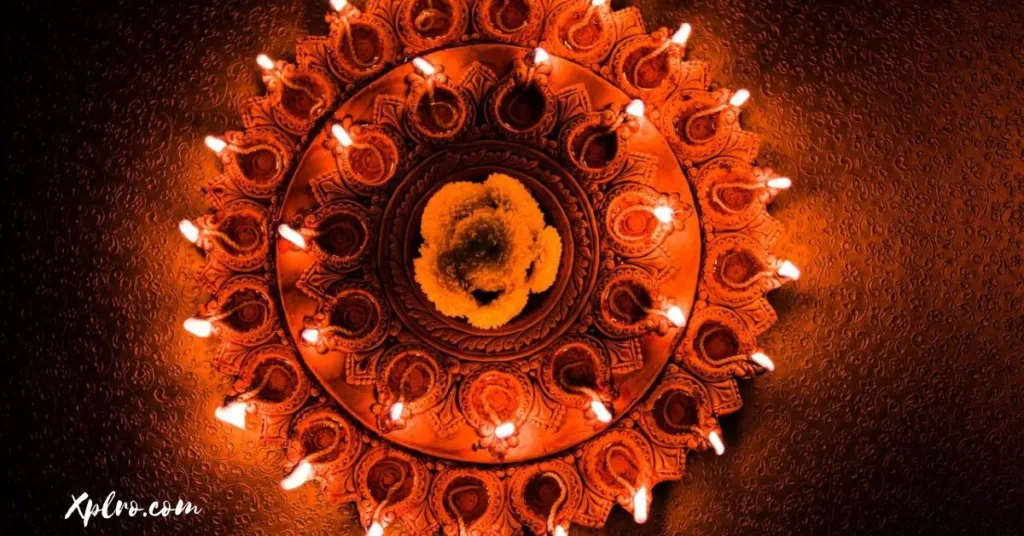
India is famous for its colorful festivals that are celebrated all over the country. These festivals give us a glimpse into the rich and diverse culture of India.
- Holi, the Festival of Colors: Celebrated in March, Holi welcomes spring with a burst of colors, music, and dance.
- Diwali, the Festival of Lights: Observed in October or November, Diwali is a Hindu festival filled with fireworks, sweets, and beautiful decorations.
- Navratri and Durga Puja: This nine-day festival honors the powerful goddess Durga, with music, dance, and cultural performances.
2. Explore India’s Iconic Architecture
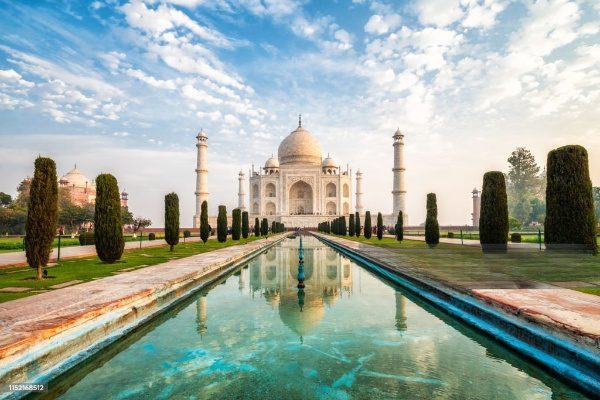
India is home to many stunning architectural wonders that showcase its rich cultural and religious heritage.
- The Taj Mahal: One of the Seven Wonders of the World, this beautiful white marble mausoleum is a must-see.
- Khajuraho Temples: Famous for their intricate carvings, these ancient temples are a UNESCO World Heritage Site and offer a glimpse into India’s rich artistic past.
- Hampi: Another UNESCO World Heritage Site, Hampi’s ancient ruins and temples reveal the grandeur of the Vijayanagara Empire.
3. Experience Indian Classical Music and Dance
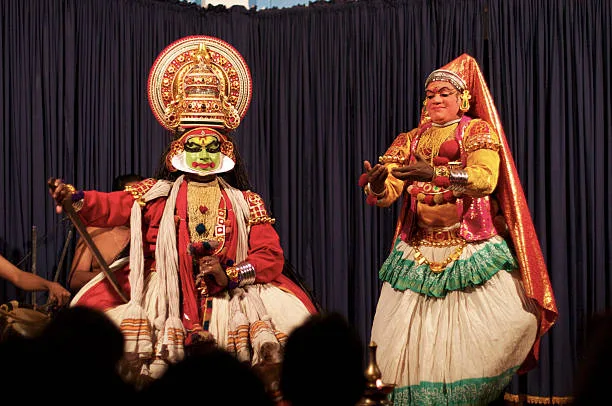
India’s classical music and dance forms are ancient and deeply spiritual, carrying centuries of tradition.
- Kathakali from Kerala: Known for its elaborate costumes and expressive dance, Kathakali tells ancient stories through detailed facial expressions and hand gestures.
- Bharatanatyam from Tamil Nadu: This classical dance from South India is famous for its intricate movements and storytelling.
- Sitar Recitals and Tabla Performances: Indian classical music, featuring instruments like the sitar, tabla, and flute, is a captivating experience for music lovers.
4. Discover Indian Spirituality and Yoga
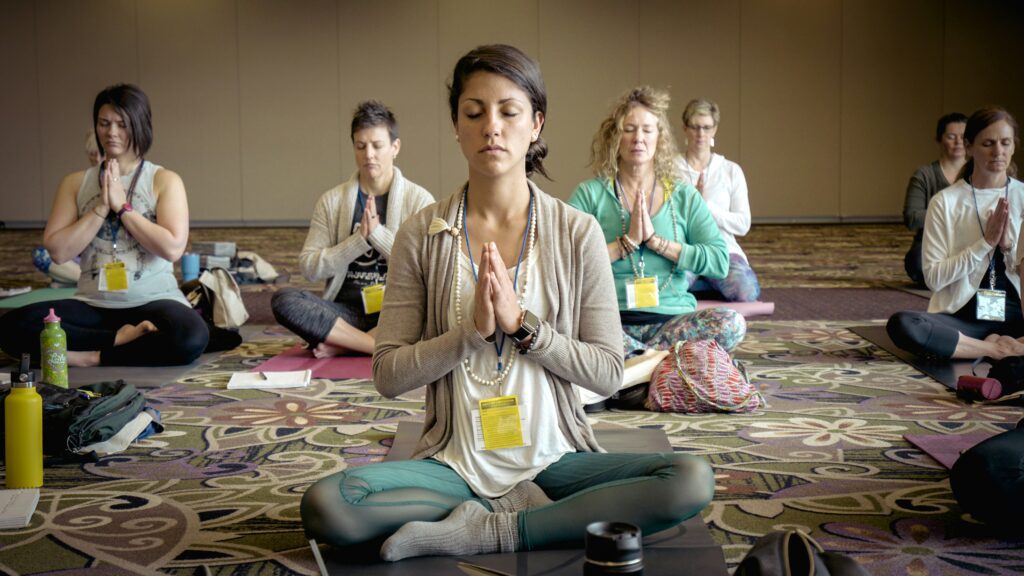
A Spiritual Journey India is the birthplace of Yoga and a major destination for spiritual seekers from around the world.
- Yoga in Rishikesh: Known as the “Yoga Capital of the World,” Rishikesh offers many ashrams and yoga centers along the Ganges River.
- Vipassana Retreats: For those seeking meditation, India has several Vipassana centers that offer silent meditation retreats.
- Temple Visits in Varanasi: One of the world’s oldest cities, Varanasi is a significant pilgrimage site offering a glimpse into Hindu spirituality and rituals.
5. Indulge in Indian Cuisine and Culinary Traditions
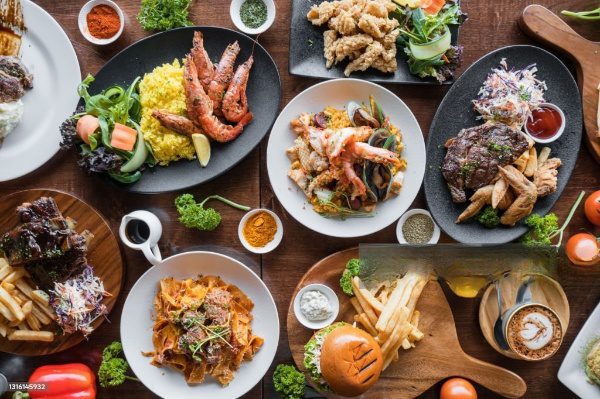
A Culinary Adventure Indian food is a delightful blend of flavors, spices, and regional diversity, making it an essential part of the cultural experience.
- Street Food Tours: Explore popular street food like Delhi’s chaat, Mumbai’s vada pav, and Kolkata’s kathi rolls.
- Traditional Meals in a South Indian Thali: A thali offers a complete meal with various dishes served on a single platter.
- Cooking Classes: Many cities offer cooking classes where you can learn to make Indian dishes like biryani, samosas, and curries.
6. Shop at Indian Bazaars and Markets
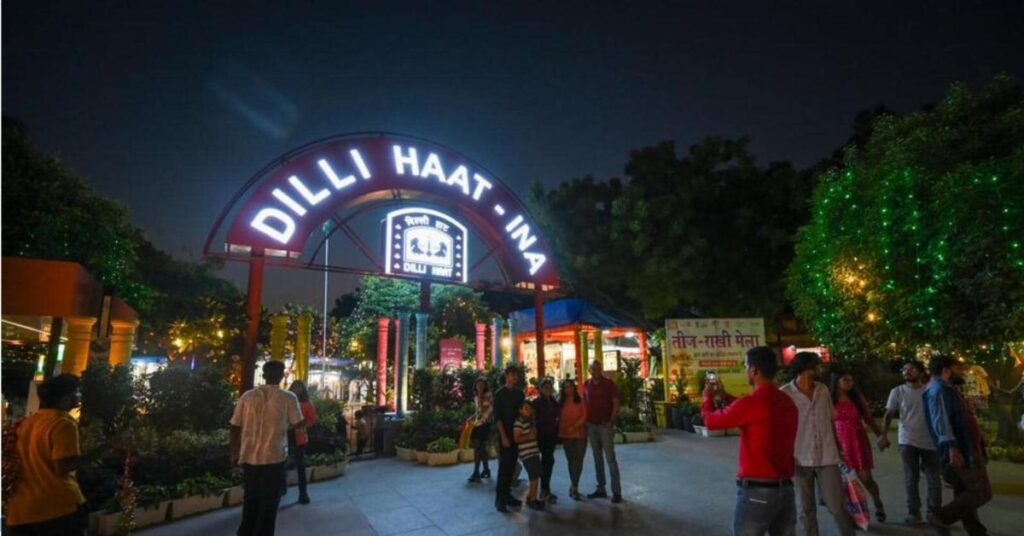
A Shopper’s Paradise Indian bazaars are bustling marketplaces filled with vibrant colors, handicrafts, and traditional arts.
- Jaipur’s Johari Bazaar: Famous for its jewelry and gemstones.
- Delhi’s Dilli Haat: A vibrant mix of handicrafts from different states.
- Goa’s Flea Markets: Perfect for souvenirs and beachwear.
7. Take a Heritage Walk Through Old Cities
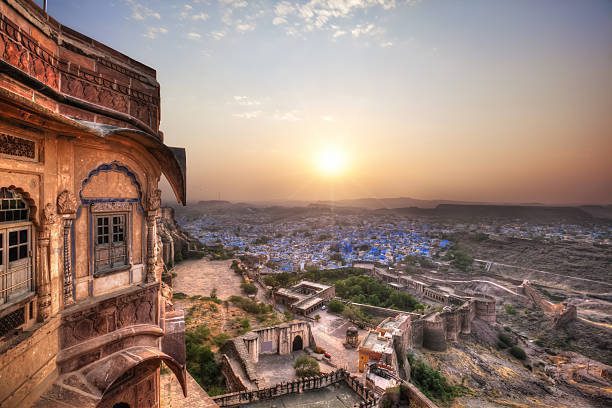
A Journey Through Time Exploring India’s old cities offers a fascinating glimpse into its rich architectural and cultural heritage.
- Old Delhi’s Chandni Chowk: A walk through Chandni Chowk provides a glimpse into India’s Mughal history and the bustling marketplace culture.
- Jodhpur’s Blue City: Known for its blue-painted buildings and vibrant bazaars.
- Pondicherry’s French Quarter: A unique blend of colonial architecture and French influence.
8. Stay in a Heritage Haveli or Palace
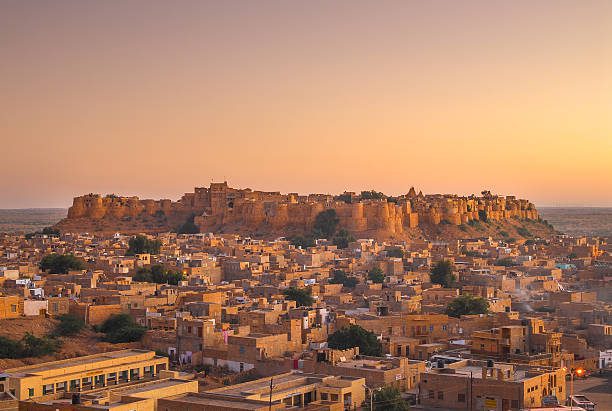
Stay in a Palace India is home to countless palaces and havelis, many of which have been converted into luxurious hotels.
- Rajasthan’s Palaces: Many palaces in Jaipur, Udaipur, and Jodhpur offer opulent stays.
- Havelis of Mandawa: These historic havelis, known for their beautiful frescoes, offer a chance to experience life as it was centuries ago.
- Kerala’s Heritage Homes: These traditional houses often feature unique wooden architecture and open courtyards.
9. Attend a Village Fair or Local Market
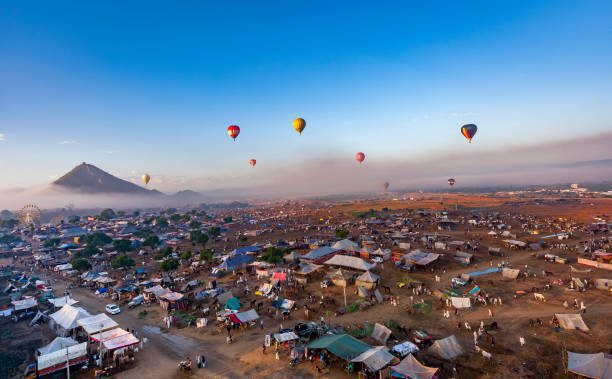
India’s Vibrant Village Fairs Village fairs offer a wonderful opportunity to experience the rural side of India and its rich folk traditions.
- Pushkar Camel Fair: This Rajasthan fair draws traders and tourists alike, with camel races, folk performances, and a bustling bazaar.
- Surajkund Mela in Haryana: An international craft fair featuring artisans and handicrafts from across India.
- Nagaur Fair: Another famous Rajasthan fair, known for its cattle trading and folk music.
10. Explore Indian Handicrafts and Art Forms
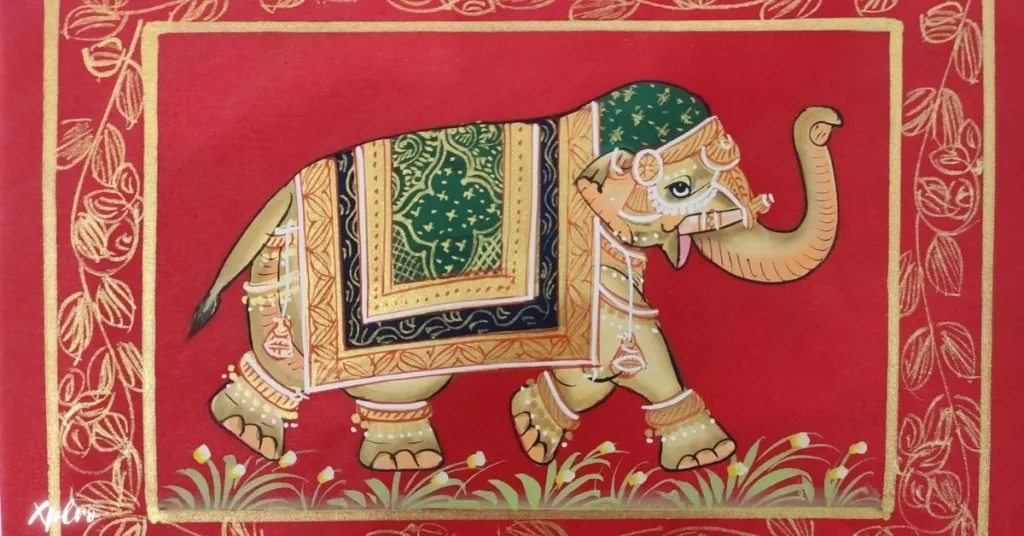
Exquisite Handicrafts India is known for its exquisite handicrafts that reflect the country’s deep artistic roots.
- Rajasthani Miniature Painting: Known for its intricate details, this painting style captures the stories of kings and gods.
- Madhubani Art in Bihar: This traditional painting style depicts mythological scenes and nature with vibrant colors.
- Block Printing in Jaipur: Witness the traditional block printing on fabrics, famous for its intricate designs and bright colors.
Conclusion – Cultural Experiences in India
Immerse yourself in the vibrant tapestry of India’s cultural experiences on Xplro.com! From the dazzling colors of Holi to the intricate carvings of Khajuraho temples, India offers a feast for the senses. Explore ancient cities like Chandni Chowk in Delhi, or delve into the spiritual heartland with yoga in Rishikesh. Savor the explosion of flavors in a traditional thali meal, or witness the artistic heritage in Rajasthan’s miniature paintings. Whether you seek historical wonders, spiritual enlightenment, culinary delights, or artistic treasures, India’s cultural experiences promise an unforgettable adventure. Pack your bags, open your mind, and embark on a journey to discover the many layers of India’s heritage with Xplro.com!
FAQs
1. Is India a safe destination, particularly for solo and female travelers?
- India is generally safe for visitors, though like any travel destination, it’s best to stay aware of your surroundings. Solo and female travelers can enhance their safety by sticking to well-frequented areas, choosing reputable transportation, and dressing modestly to respect cultural norms. Major tourist areas are accustomed to international visitors, with visible security and police presence.
2. Which vaccinations should I consider before visiting India?
- Consult a healthcare provider for recommendations, but common vaccinations include Hepatitis A and B, Tetanus, and Typhoid. Some travelers also consider vaccinations for Japanese encephalitis and rabies. Staying up-to-date on COVID-19 vaccinations or boosters may also be advisable before traveling.
3. What is the best time of year to visit India?
- October to March is generally considered the best time to visit, as the weather is cooler and ideal for sightseeing. However, certain festivals, like Diwali in October or November and Holi in March, offer unique cultural experiences, so timing your trip around them can add to your journey.
4. What foods should I try in India?
- Indian cuisine is known for its incredible variety, with different regions offering unique flavors. Popular dishes include butter chicken and naan in the north, dosa and idli in the south, and various biryanis across the country. Don’t miss the famous street food, like samosas and chaat. Note that dishes can be spicy, so it’s best to ask about spice levels before ordering.
5. Do I need a visa to enter India?
- Most foreign visitors do need a visa to enter India. The Indian government provides an e-Visa system for citizens of many countries, which makes the process more straightforward. Be sure to check current visa requirements on the official website and apply well ahead of your travel date.
6. What are the best ways to get around in India?
- India has a well-connected transportation network. For long distances, trains are popular, while domestic flights are convenient for saving time. For shorter trips, taxis, rickshaws, and app-based rides like Uber and Ola are widely available. Hiring a private car with a driver is another comfortable option, especially for exploring remote areas.
7. Is it safe to drink tap water in India?
- Tap water in India is generally not safe for drinking. Stick to bottled or filtered water, and always check that bottled water is sealed. Many hotels provide purified drinking water, and some travelers prefer using portable water purifiers or UV sterilizers for added safety.
8. How should I dress while traveling in India?
- Dressing modestly is often appreciated in India, especially when visiting religious sites. Women may consider wearing long skirts, pants, or dresses and covering their shoulders. Larger cities have more relaxed dress codes, but in rural or religious areas, dressing conservatively is respectful.
9. What are some cultural etiquette tips for travelers in India?
- In India, politeness and respect are highly valued. Remove shoes before entering temples or people’s homes, avoid public displays of affection, and use your right hand when giving or receiving items. It’s also respectful to dress appropriately, avoid pointing your feet at people or religious icons, and ask for permission before taking photos in sacred areas.
10. Can I use credit cards and ATMs in India?
- Credit cards are widely accepted in cities, hotels, and many shops, but cash is often necessary for small vendors, especially in rural areas. ATMs are generally available, though it’s a good idea to carry some cash for convenience. Be aware that some rural areas may not accept international cards.
11. What languages are spoken in India? Will English be sufficient?
- India has a wealth of languages, with Hindi being the most widely spoken. English is commonly understood in major cities and popular tourist destinations, and it’s often used on signs and official documents. Learning a few Hindi phrases can enhance your experience and is often appreciated.
12. What are some recommended souvenirs to buy in India?
- India offers a range of beautiful souvenirs. Handicrafts, silk scarves, tea, spices, jewelry, and handmade pottery are popular choices. Items like carpets from Kashmir or block-printed fabrics from Rajasthan reflect regional craftsmanship. Bargaining is common in markets, so feel free to negotiate prices.




